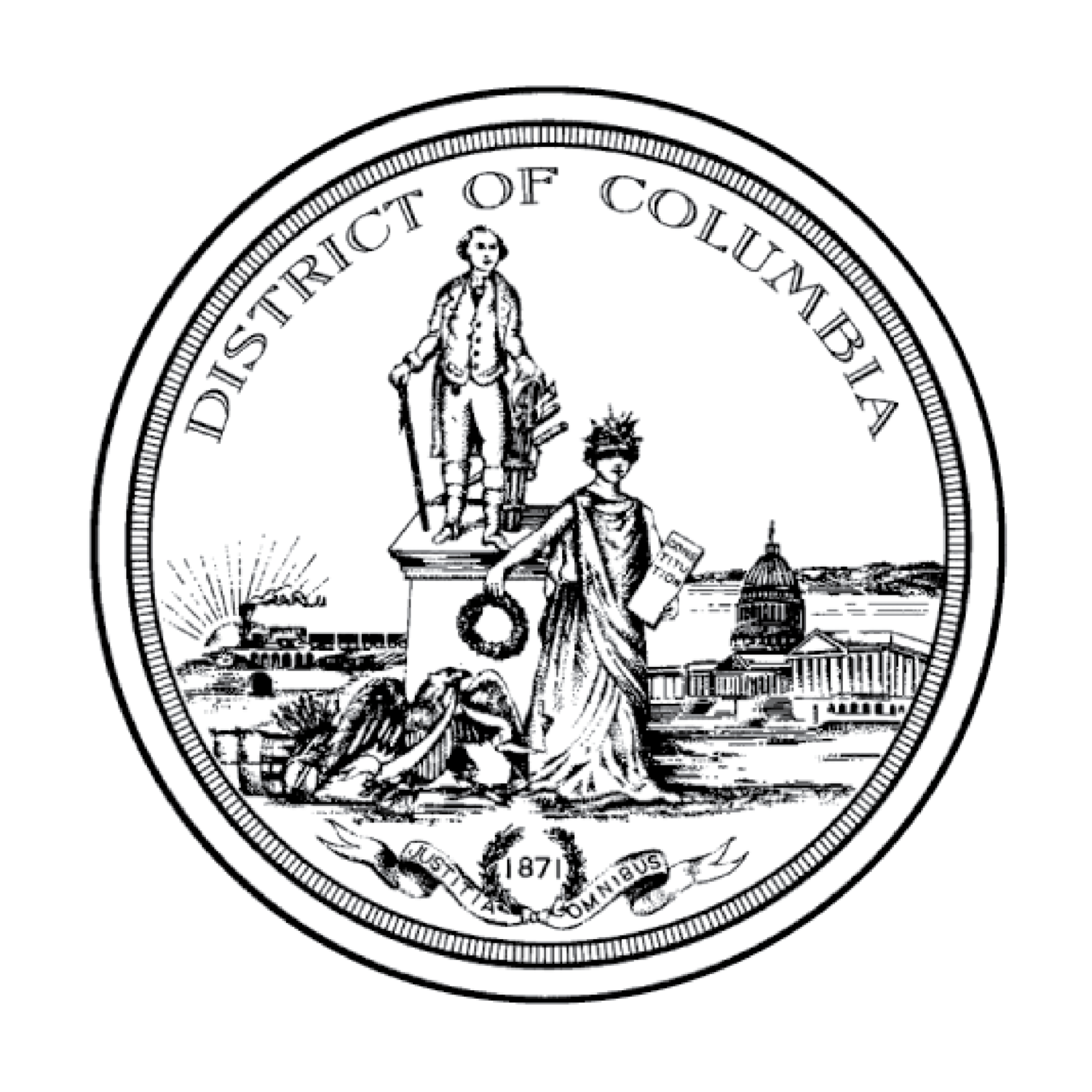Dear Colleagues,
Today the Office of the Budget Director’s Research Division releases the third installment of the State of Older Adults in the District of Columbia series, “Which District of Columbia Seniors Can Access Public Benefit Programs.” This series was produced at the request of Chairman Phil Mendelson.
The State of Older Adults in the District of Columbia is a multi-part series that explores the demographic and economic characteristics of the District’s senior population, considers the range of publicly provided benefits available to senior adults in the District and examines which D.C. seniors are eligible to enroll in these programs.
The third report uses four hypothetical D.C. senior households to examine their cost of living and how public benefit programs could help them make ends meet: the Median-Income Homeowner, the Homeowner Below Federal Poverty Level (FPL), the Median-Income Renter, and the Renter Below FPL. Its findings include:
Both one- and two-senior D.C. households who rent have slightly higher annual costs of living than those who own their home.
Only one of the archetypes would be able to afford their basic cost of living without any public assistance.
Healthcare accounts for the largest costs for the senior homeowner archetypes, while housing is the largest for the senior renter archetypes.
Healthcare benefit programs provide the most assistance to all four archetypes, while transportation accounts for the least assistance all archetypes other than the Median-Income Homeowner, who receives the least assistance for utilities.
While the Homeowner Below Federal Poverty Level archetype would qualify for the most benefit programs (25), the Renter Below Federal Poverty Level archetype could be eligible for highest financial benefit from the programs ($59,292).
The first report, Getting to Know D.C.’s Older Adults,” analyzes the diverse backgrounds and experiences of the District’s 83,600 residents who are age 65 and older. The second report, “Public Benefits Available to Seniors in the District of Columbia,” provides an overview of the 90 publicly provided benefit programs available to D.C. seniors, the associated eligibility requirements, and the goals for each program.
All of the reports and their associated documents can be found on our website at https://www.dccouncilbudget.com/olderadultsindc.
As always, my team and I are available to answer any questions you may have.
Thank you for your assistance and support,
Jen Budoff

